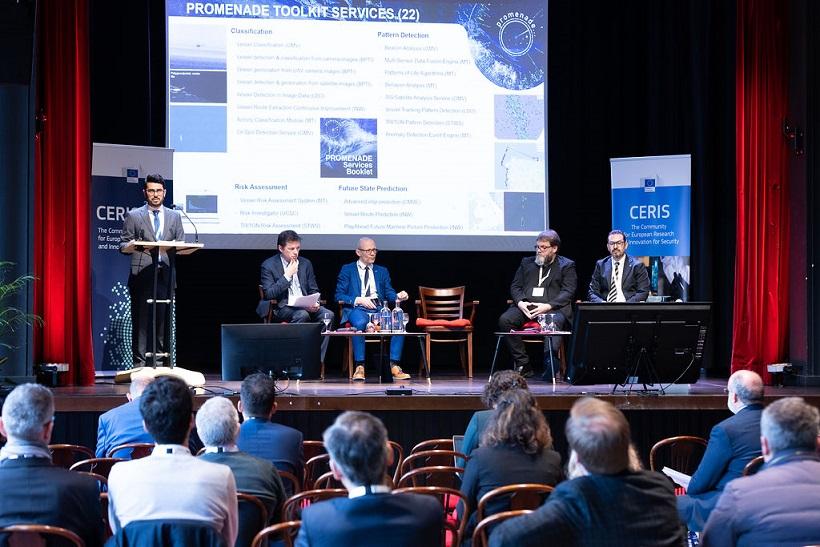
On 9 March 2023, close to 70 policy makers, security practitioners and representatives from research and technology organisations, industry and different EU agencies (e.g. eu-LISA, Frontex) met to discuss different methods and best practices for testing and validation of innovative solutions in the field of border management, customs control and maritime surveillance. During this CERIS workshop, the participants shared with each other their lessons learned and came up with recommendations.
Testing and validation of innovative solutions is key for promoting the uptake of results stemming from EU security research. As underlined by DG HOME Director Marta Cygan in her opening statement, testing and validation in an operational environment makes sure that technology works as intended, is usable by border and coast guards, customs officials and other law enforcement officers, and in line with fundamental rights and societal values. In dedicated panels, the participants discussed lessons learned from testing and validation in selected Horizon Europe projects (e.g. MultiRATE, EFFECTOR, PROMENADE, PEN-CP, NESTOR, EUCISE2020) and innovation projects funded under the Border Management and Visa Instrument/BMVI.
Based on the discussions in the panels, Giulio Mancini (DG HOME.F2 area coordinator for border management) made the following conclusions and recommendations:
- The testing and validation of the ‘readiness’ of an innovative solution is not only about technology, but equally about operational aspects, training, legality, societal acceptance, etc. For effective piloting and validation, we need to involve many actors at national level (research, users, procurement, training, etc.). Another tool could be a common European testing capability, possibly developed with Frontex and eu-LISA.
- Users and buyers are often not identical, and buyers do not necessarily know what users need. One method to address this issue is Pre-Commercial Procurement, as it can put users in the role of buyers and helps them to go through the validation and acquisition process. Furthermore, the verification at technical level of the solution components is not the same as the validation by users of the actual capability. Both processes are necessary.
- To be meaningful, pilots need to be carried in real operational environments and for several months, not just a few days. It was recommended to plan pilots slowly and carefully, and then execute them quickly, with contingency plans in place. To benefit from each other, national border guards should, as much as possible, invite observers from other security communities (e.g. coast guards, police, customs), other EU Member States and EU agencies to observe their pilots. Finally, a big challenge for piloting and validation is the availability of and access to data, in particular when it comes to the use of Artificial Intelligence.
Details
- Publication date
- 17 March 2023
- Author
- Directorate-General for Migration and Home Affairs
